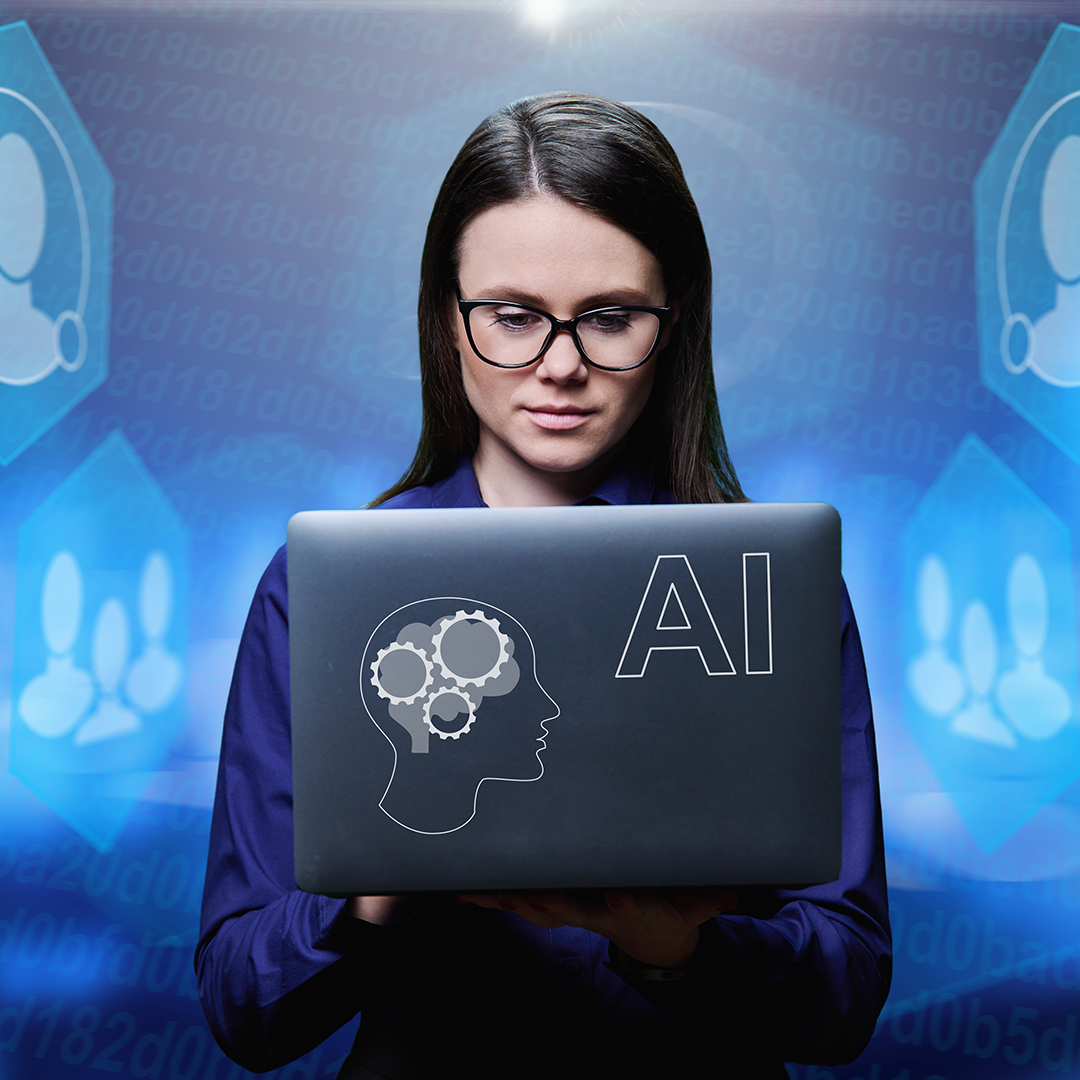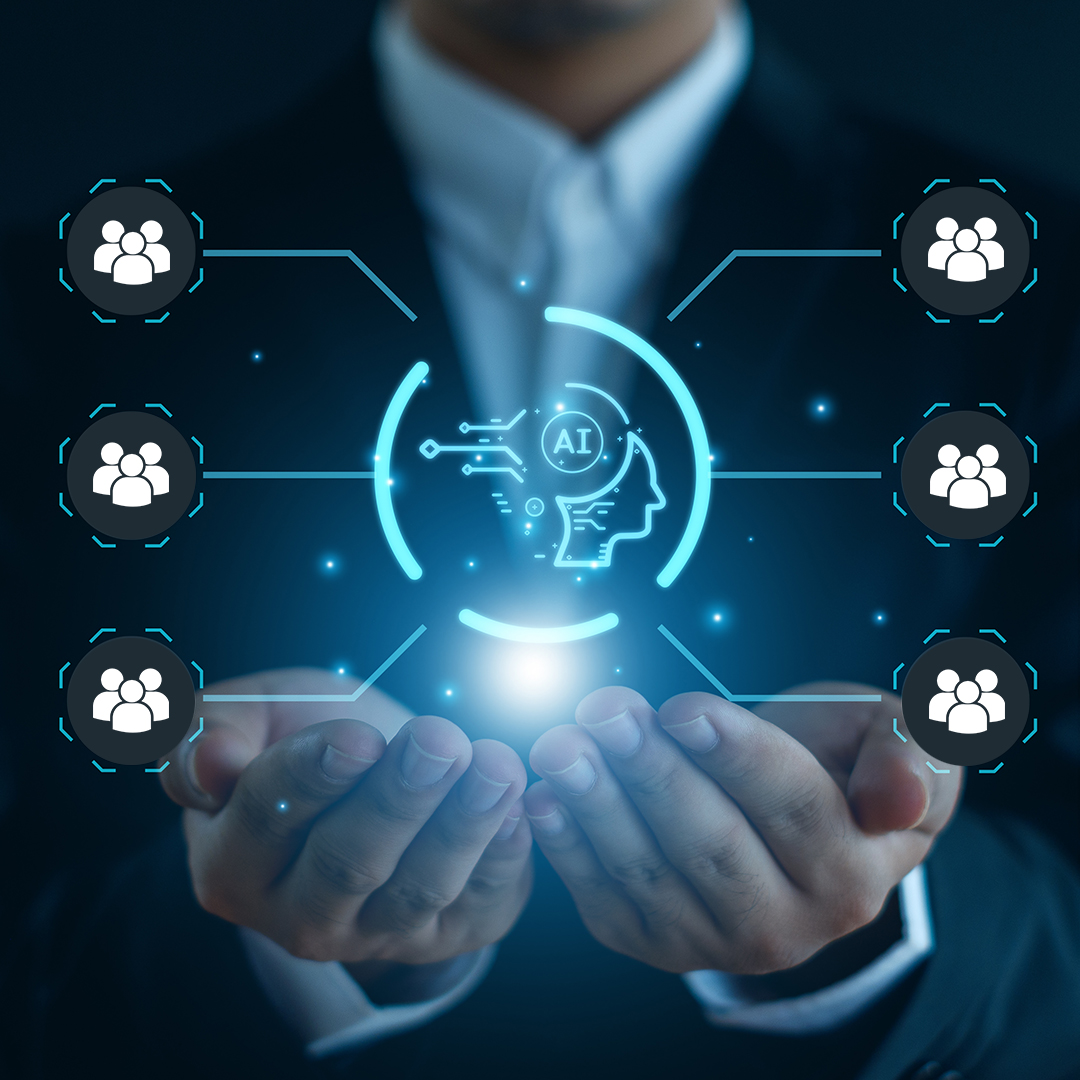Revolutionizing Outsourcing: AI’s Expanding Role in Business Operations
Outsourcing has played a pivotal role in the operations of large organizations since the 90s. Businesses have delegated tasks such as customer support, IT services, and back-office operations to third parties in cost-effective regions, including India, the Philippines, and Brazil.
Enabled by high-speed data networks, this approach allowed companies to achieve efficiency and cost savings without compromising on delivery speed with an expert partner’s support. However, outsourcing has always come with challenges, including issues related to compliance, data security, and privacy.
In response to these challenges, some organizations have shifted toward insourcing, bringing previously outsourced tasks back in-house. This transition often entails repetitive and rules-based work that can now be handled by artificial intelligence (AI).
Enter "Outsourcing 2.0" - a modern evolution of outsourcing where AI takes over many tasks, optimizing operations and offering a fresh perspective on the concept of outsourced labor.
The Advantages of Outsourcing to AI
Outsourcing work to AI brings a host of benefits, such as speed, accuracy, scalability, and consistency. Unlike human workers, AI systems can operate round the clock without fatigue, enhancing productivity. Many AI platforms are designed to learn and improve over time, making them increasingly efficient. Additionally, natural language processing (NLP) capabilities enable seamless communication between AI systems and human employees, streamlining workflows. Robust cybersecurity measures embedded in AI systems further ensure the safety of sensitive organizational data.
The adoption of Outsourcing 2.0 spans across industries. From manufacturing to retail, organizations are discovering how AI can enhance operations. As AI technologies continue to evolve, more industries and processes are expected to integrate AI-driven solutions.
How Advancements in AI Are Redefining Outsourcing
The rise of Outsourcing 2.0 is fueled by significant advancements in AI research. Technologies such as machine learning, NLP, computer vision, and pattern recognition are enabling AI systems to take on increasingly complex tasks. For instance, machine learning excels in analyzing vast datasets to derive actionable insights, while NLP facilitates effective communication between machines and humans. Computer vision aids in image and video analysis, and pattern recognition helps detect fraud and other irregularities.
These innovations have broadened the scope of AI applications, from chatbots handling customer queries to recommendation engines delivering personalized user experiences.

Data analytics powered by AI is another area where businesses are reaping significant benefits. AI tools now rival and often surpass human performance in specific tasks, operating tirelessly at scale and accuracy levels previously unattainable.
Generative AI represents another transformative leap. The launch of OpenAI’s ChatGPT in late 2022 marked a turning point, rapidly amassing millions of active users. Such tools demonstrate the potential of AI to revolutionize traditional outsourcing by handling creative, conversational, and analytical tasks with unprecedented efficiency.
Strategic Considerations for Implementing AI in Business
For organizations considering AI integration, a strategic approach is essential. Business leaders can start by evaluating the tasks that AI can manage versus those better suited for human expertise. Automation of repetitive processes provides a competitive edge, while collaborative human-AI workflows optimize efficiency and innovation.
Key questions to address include:
Task Allocation: Which processes can be automated effectively, and which require human involvement?
Human-AI Collaboration: How can jobs be redesigned to maximize the strengths of both humans and AI?
Workforce Impact: What steps are needed to reskill employees and maintain morale during transitions?
Infrastructure Needs: What software and hardware investments are required to support AI integration?
Cost-Benefit Analysis: What upfront costs will be incurred, and what ROI can be expected?
Risk Management: How can organizations mitigate risks related to data privacy, algorithm bias, and model accuracy?
Governance: Does the organization have a framework for overseeing AI processes and ensuring accountability?
By answering these questions, businesses can develop a clear roadmap for AI adoption, focusing on areas where it can deliver the most value.
Addressing Challenges and Building a Robust AI Strategy
To maximize AI’s potential, organizations must address common challenges thoughtfully. This involves:
Prioritizing Human Expertise: Allocate tasks requiring creativity, empathy, and strategic thinking to human workers, while leveraging AI for processes requiring precision and scalability.
Investing in Change Management: Support employees through training and change management programs to minimize anxiety and resistance.
Starting Small: Begin with a proof-of-concept project to demonstrate the potential of AI and build internal support.
Aligning Incentives: Adjust performance metrics to encourage AI adoption where it can add the most value.
Partnering with Experts: Collaborate with trusted AI vendors to ensure secure and effective implementation.
The Shift from Pyramid to Diamond Organizational Structures
As Outsourcing 2.0 becomes more prevalent, it is also reshaping organizational structures. Traditionally, companies have operated under a pyramid model, with a large base of frontline workers supporting fewer management and executive layers. In this model, power and decision-making are concentrated at the top.
However, the integration of AI is giving rise to a diamond-shaped structure. In this model, AI automates or assists with repetitive tasks, allowing employees to focus on specialized, high-value work. This shift leads to a more evenly distributed authority and streamlined decision-making processes. Additionally, as AI takes on more operational roles, organizations can optimize management layers, fostering agility and innovation.
The Road Ahead: AI’s Role in Outsourcing and Beyond
Outsourcing 2.0 represents a significant evolution in business operations. By combining the strengths of AI with human expertise, organizations can unlock new efficiencies and opportunities. As AI technologies continue to advance, their applications will expand, revolutionizing industries and processes in ways we are only beginning to understand.
To fully embrace this transformation, businesses must approach AI adoption strategically. This includes fostering a culture of innovation, investing in reskilling, and addressing ethical considerations such as data privacy and bias.

By doing so, organizations can not only enhance their operations but also position themselves as leaders in the AI-driven future.
The Future of Outsourcing with AI
The rise of AI in outsourcing is more than a trend - it is a paradigm shift. With its ability to operate at unmatched speed, scale, and accuracy, AI offers unparalleled advantages for businesses across sectors. By strategically integrating AI into their operations, organizations can optimize workflows, reduce costs, and unlock new levels of productivity.
However, success with Outsourcing 2.0 requires careful planning and execution. Companies must balance the strengths of AI with the unique capabilities of their human workforce, ensuring that the transition enhances rather than disrupts existing systems. Furthermore, addressing challenges such as workforce reskilling, data security, and ethical AI governance is essential to realizing the full potential of AI in outsourcing.
As AI continues to evolve, the possibilities for its application will only grow. Organizations that embrace this transformation with the help of a seasoned expert will not only improve their current operations but also set the stage for long-term innovation and success.


